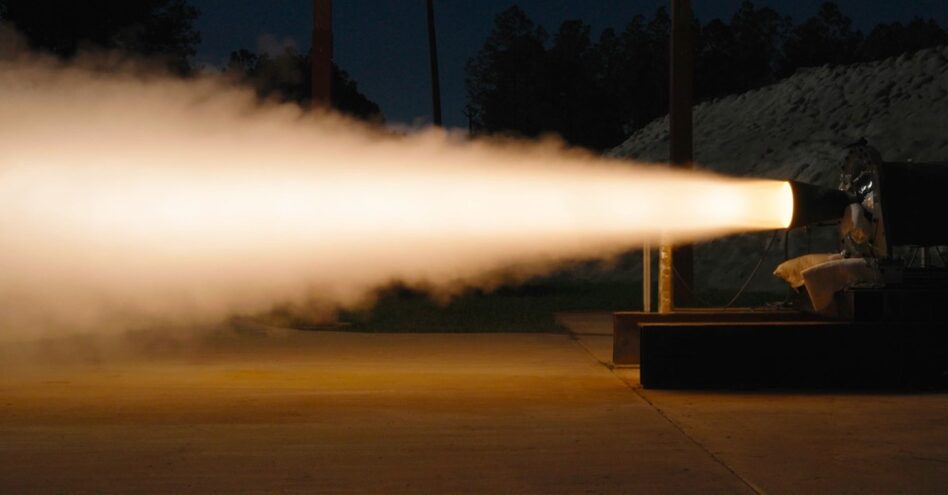Remember that winning streak we said Anduril was on? Well, turns out it’s still going. This morning, the company’s rocket motor systems arm announced that it has been selected by the US Army to build a 4.75-inch solid rocket motor (SRM) for long-range precision rocket artillery missions.
Anduril was awarded a $14.3M Defense Production Act (DPA) investment in January to expand SRM production and says it has invested $75M of its own funds in the project.
“The U.S. military needs affordable, high-volume precision fires that can be delivered at scale. We need affordable mass,” LTG (ret.) Neil Thurgood, SVP at Anduril, wrote in a blog post about the announcement.
Kaboom: SRMs are used in everything from hypersonic missiles to artillery rockets to space launches. The problem is, production of SRMs hasn’t kept up with demand—they’re tricky to produce, and the facilities able to churn them out are limited.
Anduril expanded into SRM production in 2022 and massively expanded its production facility in Mississippi last June. The company says its SRM production process “is significantly faster, requires less manual labor, is more reliable, and is more efficient than legacy production techniques.”
Pack ‘em in: Small SRMs like the one Anduril plans to produce expand the capacity of weapons systems without having to change their specs or footprints. They’re especially useful in artillery rocket systems like HIMARS and MLRS. Smaller rockets mean more bang for your buck (literally).
“The 4.75-inch form factor potentially allows for up to 30 guided rockets to be configured in a single HIMARS pod, drastically improving loadout within existing launcher constraints,” Thurgood wrote.
Long-range: Not only is production at Anduril’s facilities more efficient, but the company says the weapons are, too. Anduril:
- Uses ALITEC, a proprietary rocket fuel, to build its rockets, but says it will also test these SRMs using traditional aluminized propellant.
- Expects that SRMs using ALITEC “will achieve ranges comparable to significantly larger rocket motors.”
- Employs single-piece-flow manufacturing, powered by a bladeless high-speed mixer that makes production a whole lot faster.
- Says that its propulsion systems will be “lower cost” than those made by legacy producers.

